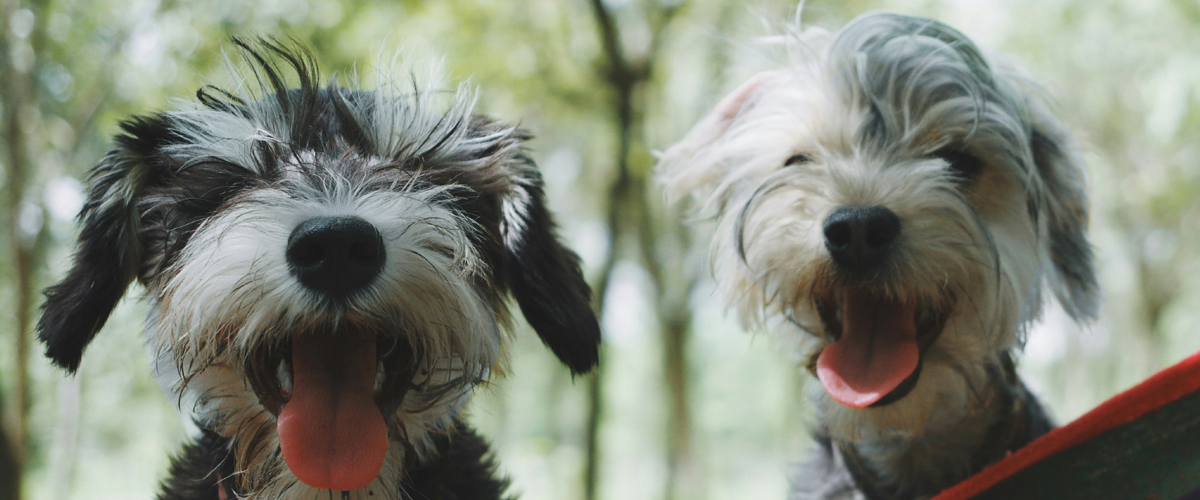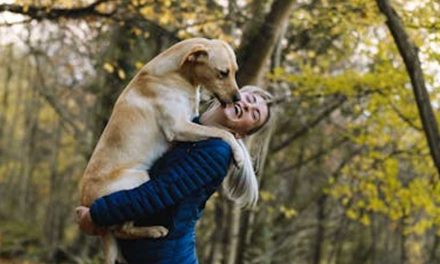As pet owners, we always aim to keep our furry friends in the best of health. Yet, one concern that often goes unnoticed is dehydration. Just like in humans, dehydration can have serious implications on a dog’s health.
DOG DEHYDRATION
It’s not always easy for canine companions to communicate their discomfort, which can delay necessary care. In this comprehensive guide, we’ll walk you through understanding, identifying, and preventing dehydration in your dog, ensuring your faithful companion stays happy and hydrated.
RECOGNIZING THE SIGNS OF DEHYDRATION
Dogs, particularly active or older ones, are at risk of dehydration. The challenge for pet owners is to recognize the subtle signs. Dehydration can occur from illnesses, heat, and even just skipping meals. These are the key indicators:
SKIN ELASTICITY
A simple pinch test can reveal a lot. Gently pinch the skin over your dog’s shoulders or back and lift it away from the body. In a well-hydrated dog, the skin quickly snaps back into place. If it takes longer, it’s a sign of dehydration.
GUM MOISTURE AND CAPILLARY REFILL TIME
Moisture Check: Your dog’s gums should feel slick, not sticky or tacky, which could indicate dehydration.
Capillary Refill: Press your finger to the gum and release it – the area where you pressed should turn white and then return to its normal color quickly. This capillary refill time delay could signal dehydration.
LETHARGY AND PANTING
If your dog is unusually tired or panting excessively without being overly active, it could be indicative of dehydration, particularly if coupled with other symptoms like dry nose or sunken eyes.
SUNKEN EYES AND LOSS OF APPETITE
Observe if your dog’s eyes appear sunken, and if their appetite has declined significantly, these signs are typically accompanied by reduced water intake.
HANDLING DEHYDRATION IN DOGS
Upon suspecting dehydration, it’s crucial to act promptly.
REHYDRATION PROTOCOLS
For mild dehydration, you can start by offering small, frequent sips of water. Electrolyte solutions specially designed for dogs can be beneficial to restore the balance quickly. You can make a homemade solution by mixing water with a small amount of salt and sugar, but it’s important to get the concentrations right.
ASSESSING THE SEVERITY
More severe cases may require professional intervention. If your dog is vomiting, lethargic, or showing any signs of illness alongside dehydration, it’s time to visit the vet.
THE ROLE OF DIET
Diet plays a significant role in minimizing dehydration risks. Canned food is a good source of moisture for dogs who might not drink enough water, or you can add water to their kibble to increase their fluid intake.
PREVENTING DEHYDRATION IN DOGS
Prevention is, of course, the best medicine.
ACCESS TO WATER
Making fresh water accessible at all times is the simplest yet most effective way to prevent dehydration.
TEMPERATURE AWARENESS
Changing weather, especially the hotter months, can increase the risk of dehydration. During summer, ensure your dog has plenty of cool, fresh water available.
ACCOMMODATION ADJUSTMENTS
If your dog spends time outside, make sure they have shaded areas with water to keep them cool and hydrated. Limit exercise during the peak heat of the day to prevent overheating.
HYDRATION DURING EXERCISE
Just like humans, dogs need to hydrate during exercise. Carry water and a portable bowl for them to drink from during walks or other activities.
UNREALIZED CAUSES OF DEHYDRATION
Sometimes, there are underlying causes of dehydration that aren’t immediately apparent.
MEDICAL CONDITIONS
Dehydration can be a symptom of various underlying health issues such as diabetes, kidney disease, or certain infections. Regular veterinary check-ups can help catch these early.
DIARRHEA AND VOMITING
Both of these can lead to significant fluid loss, which needs to be managed carefully to avoid dehydration.
MEDICATIONS AND TREATMENT
Keep an eye on your dog’s water intake if they are on medications, particularly if they cause increased urination or decreased water consumption.
DEHYDRATION FIRST-AID TECHNIQUES FOR DOGS
In certain circumstances where veterinary care is not immediately available, you might need to administer first-aid for dehydration.
FLUID REPLACEMENT
Small, frequent sips of water are best. A syringe can be helpful for dogs that won’t drink willingly.
REHYDRATION SOLUTIONS
Oral rehydration solutions designed for dogs can be administered as per instructions to provide a quick, safe balance of the body’s essential fluids.
THE HUMAN-CANINE BOND IN DEHYDRATION CARE
Lastly, it’s the bond between you and your dog that often leads to the best care.
OBSERVATION AND ACTION
Nothing beats a caring eye and immediate action. Your attentiveness to changes in your dog’s behavior and physiology can avert many health issues.
EMOTIONAL SUPPORT
Dehydration can be stressful for dogs, especially if it’s due to illness. Comfort them and make their rehydration process as stress-free as possible.
PREVENTIVE CARE
Preventive measures are the foundation of your dog’s well-being. Regular exercise, balanced meals, and of course, plenty of water are critical.
By taking the time to understand dehydration, its signs, and preventive measures, you’re arming yourself to keep your precious pet in the pink of health. Remember, a well-hydrated dog is a happy dog. Together, let’s strive to keep the tails wagging and the water bowls full!








